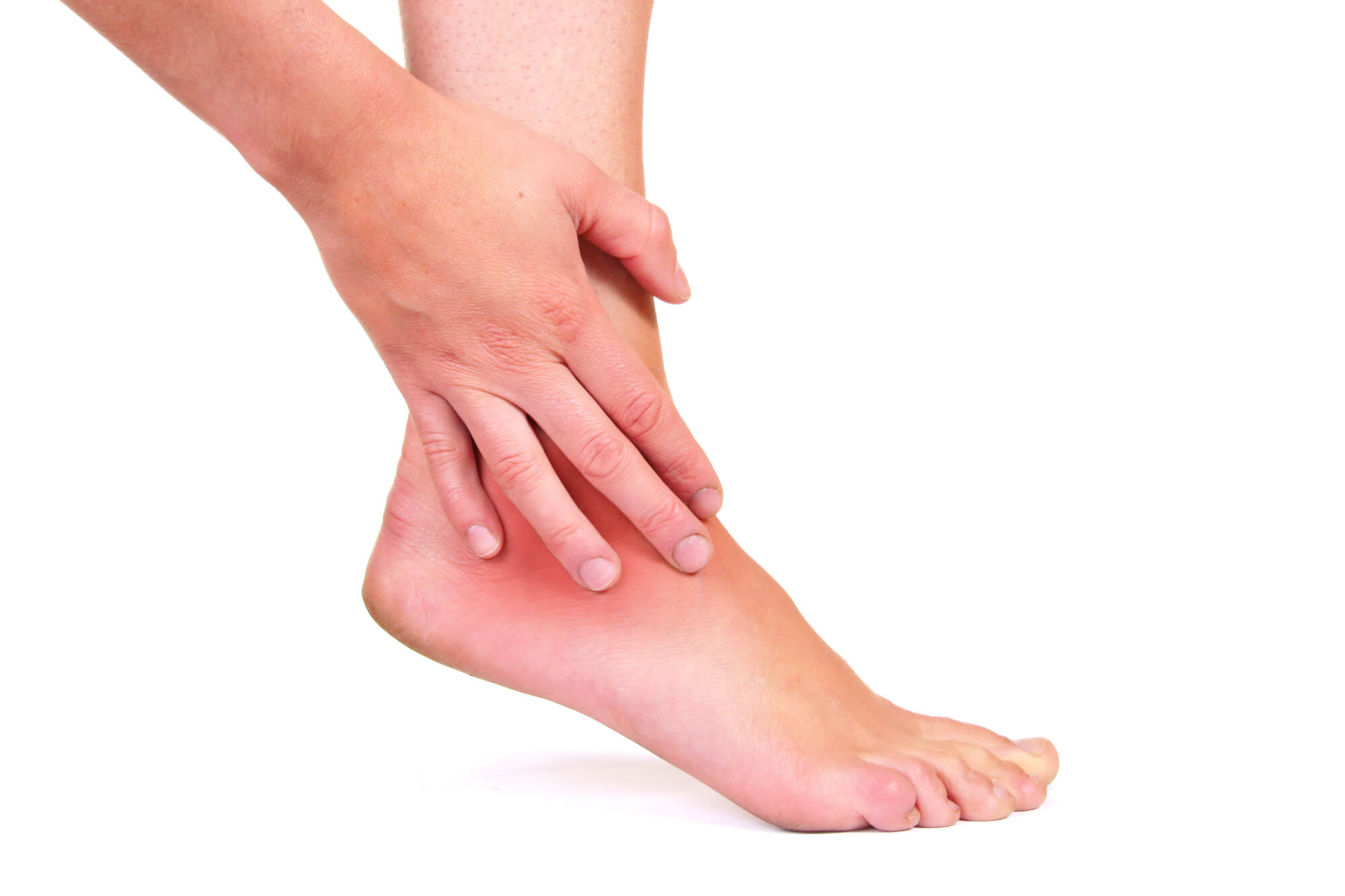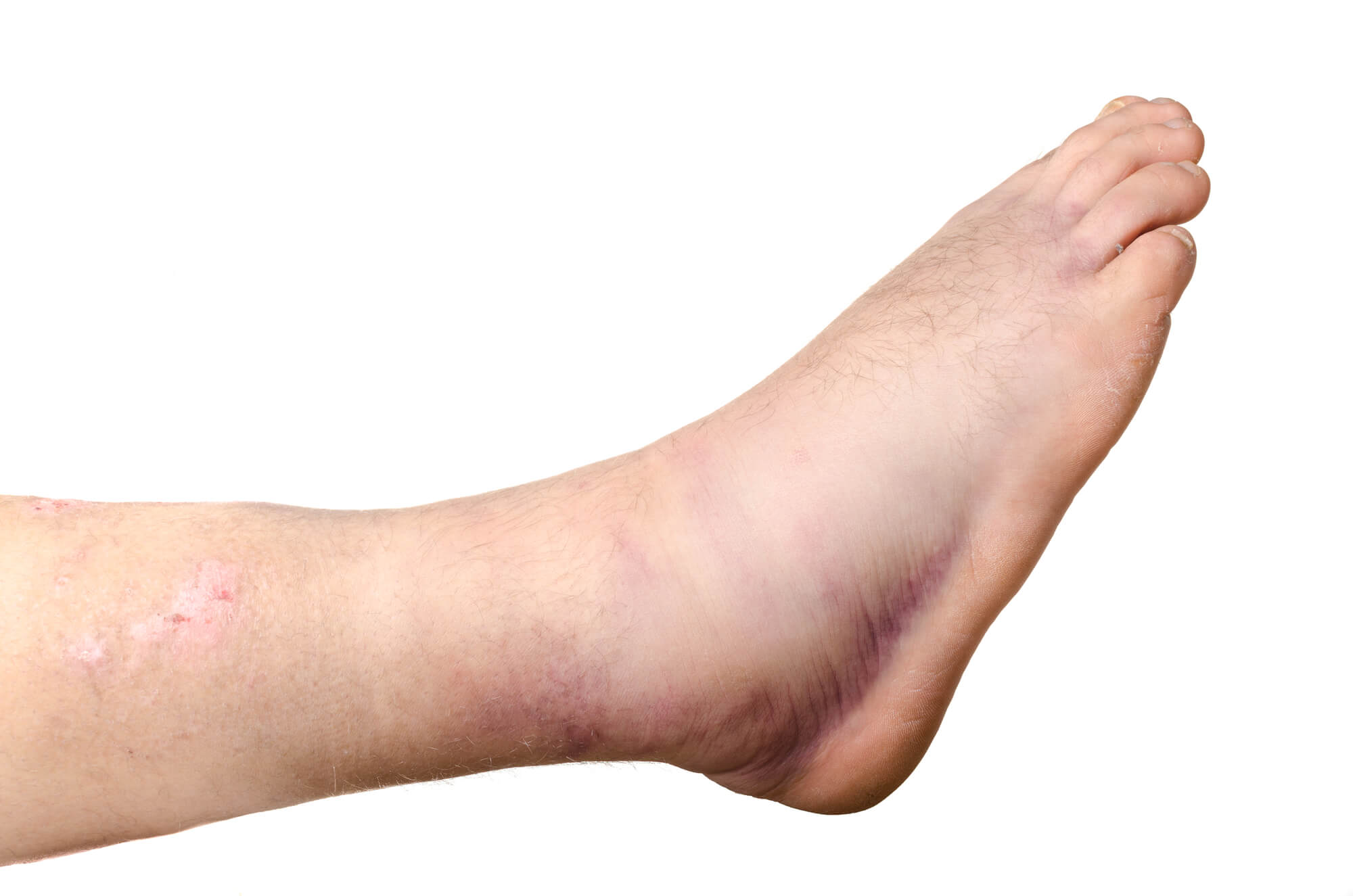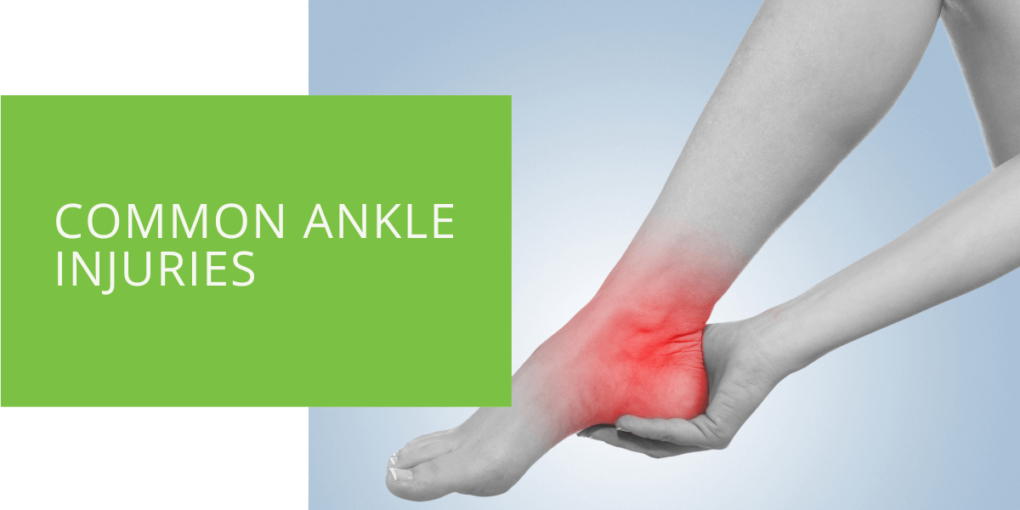Common Ankle Injuries
Ankle injuries are among the most common injuries affecting individuals of all ages and lifestyles. Whether you're an athlete, a casual exerciser, or someone who spends a lot of time on their feet, ankle injuries can be painful and frustrating. They can significantly impact your quality of life. This article will explore the most common ankle injuries, their causes, symptoms, and treatment options, and provide tips for preventing and managing ankle injuries. We'll also discuss the importance of seeking expert care from a Podiatrist to ensure a prompt and proper diagnosis and treatment plan. So, whether you're looking to learn more about ankle injuries or seeking advice on preventing and managing them, read on to find out more.
Types of Ankle Injuries
Ankle Sprains
Ankle sprains are the most common type of ankle injury, accounting for approximately 85% of all ankle injuries. A sprain occurs when the ligaments that connect the bones in the ankle joint are stretched or torn, resulting in pain and swelling.
Causes of Ankle Sprains
Ankle sprains can be caused by a range of factors, including:
- Rolling or twisting the ankle
- Landing on the ankle after jumping or falling
- Walking or running on an uneven surface
- Wearing shoes that don't fit properly or lack support
Symptoms of Ankle Sprains
The symptoms of an ankle sprain can vary depending on the severity of the injury but typically include the following:
- Pain or tenderness in the ankle
- Swelling
- Bruising
- Difficulty walking or putting weight on the ankle
Grades of Ankle Sprains
Ankle sprains are typically graded according to their severity, with grade 1 sprains being mild and grade 3 sprains being severe. Grade 1 sprains involve stretching of the ligaments, while grade 3 sprains involve a complete ligament tear.
Treatment for Ankle Sprains
The treatment for an ankle sprain depends on the severity of the injury. Mild sprains can usually be treated with rest, ice, compression, elevation (RICE) therapy, and over-the-counter pain medication. In rare cases, more severe sprains may require immobilization of the ankle with a brace or cast, physical therapy, or surgery.

Ankle Fractures
Ankle fractures occur when one or more bones in the ankle joint are broken. These injuries can be caused by acute trauma, such as a fall or collision, or chronic conditions, like arthritis.
Causes of Ankle Fractures
Ankle fractures can be caused by a range of factors, including:
- Rolling or twisting the ankle
- Landing on the ankle after jumping or falling
- Walking or running on an uneven surface
- Chronic conditions like arthritis
Symptoms of Ankle Fractures
The symptoms of an ankle fracture can vary depending on the severity of the injury but typically include the following:
- Pain or tenderness in the ankle
- Swelling
- Bruising
- Difficulty walking or putting weight on the ankle
- Deformity of the ankle
Types of Ankle Fractures
There are several types of ankle fractures, including:
- Lateral malleolus fracture
- Medial malleolus fracture
- Bimalleolar fracture
- Trimalleolar fracture
Treatment for Ankle Fractures
The treatment for an ankle fracture depends on the severity of the injury. Mild fractures may be treated with immobilization and rest, while more severe fractures may require surgery to stabilize the bones.

Achilles Tendinitis
Achilles tendinitis is an overuse injury when the Achilles tendon, which connects the calf muscles to the heel bone, becomes inflamed. This condition can cause pain, swelling, and stiffness in the ankle.
Causes of Achilles Tendinitis
Achilles tendinitis can be caused by a range of factors, including:
- Overuse or repetitive stress on the Achilles tendon
- Sudden increases in physical activity
- Tight calf muscles
- Wearing shoes that don't fit properly or lack support
Symptoms of Achilles Tendinitis
The symptoms of Achilles tendinitis can vary depending on the severity of the injury but typically include the following:
- Pain or stiffness in the ankle
- Swelling
- Tenderness along the Achilles tendon
- Difficulty walking or running
Treatment for Achilles Tendinitis
The treatment for Achilles tendinitis typically involves rest, ice, and anti-inflammatory medication. In some cases, physical therapy may be recommended to stretch and strengthen the calf muscles and improve the range of motion. In severe cases, surgery may be required to repair a ruptured Achilles tendon.

Plantar Fasciitis
Plantar fasciitis is a condition that occurs when the plantar fascia, a thick band of connective tissue that runs along the bottom of the foot, becomes inflamed. This condition can cause heel pain and stiffness, making it difficult to walk or stand for long periods.
Causes of Plantar Fasciitis
Plantar fasciitis can be caused by a range of factors, including:
- Overuse or repetitive stress on the plantar fascia
- Tight calf muscles or Achilles tendon
- Flat feet or high arches
- Wearing shoes that don't fit properly or lack support
Symptoms of Plantar Fasciitis
The symptoms of plantar fasciitis can vary depending on the severity of the injury but typically include the following:
- Pain in the heel or bottom of the foot
- Stiffness in the foot
- Tenderness along the plantar fascia
- Difficulty walking or standing for long periods
Treatment for Plantar Fasciitis
The treatment for plantar fasciitis typically involves rest, ice, and anti-inflammatory medication. Physical therapy may also be recommended to stretch and strengthen the calf muscles and plantar fascia and improve the range of motion. In severe cases, surgery may be required to release the plantar fascia.

Prevention and Management
Preventing ankle injuries is essential for maintaining overall health and mobility. Here are some tips for preventing ankle injuries:
- Wear shoes that fit properly and provide adequate support
- Stretch before and after exercise
- Build up physical activity gradually to avoid overuse injuries
- Avoid walking or running on uneven surfaces
- Use proper techniques when jumping or landing
Proper management of ankle injuries is also crucial for promoting healing and preventing long-term complications. Here are some tips for managing ankle injuries:
- Rest and avoid putting weight on the injured ankle
- Ice the injured ankle for 20 minutes at a time, several times a day
- Compress the injured ankle with an elastic bandage or wrap
- Elevate the injured ankle above heart level to reduce swelling
It's also important to see a Podiatrist if you're experiencing persistent ankle problems or symptoms, such as pain, swelling, or difficulty walking.
Conclusion
Ankle injuries are common and can significantly impact mobility and overall health. You can maintain healthy and strong ankles by understanding the causes, symptoms, and treatment options for ankle injuries, as well as tips for preventing and managing them. Contact your podiatrist for expert care and advice if you're experiencing persistent ankle problems or symptoms.

